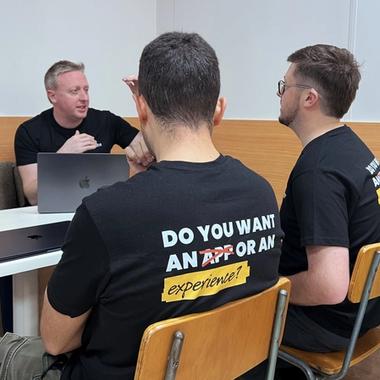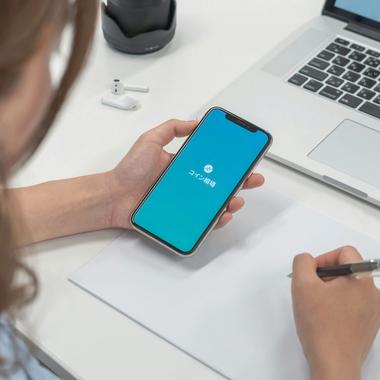So, you’ve got an incredible app idea. Or better yet, you’re already deep into development with us. Designs are shaping up, code is being written, and your app is starting to look and feel like something real. You can almost see it on your phone screen, ready to be downloaded.
But how does it actually get there?
How do you go from internal testing to live on the App Store and Google Play, sitting proudly next to the likes of Spotify and Airbnb?
This guide walks you through the steps to getting your app into users’ hands - from our side of the screen. We’re not here to hand you a DIY manual. We’re here to show you what’s happening behind the curtain so you know what to expect, what to plan for, and how we’ll make it feel smooth and seamless.
Let’s break it down.





